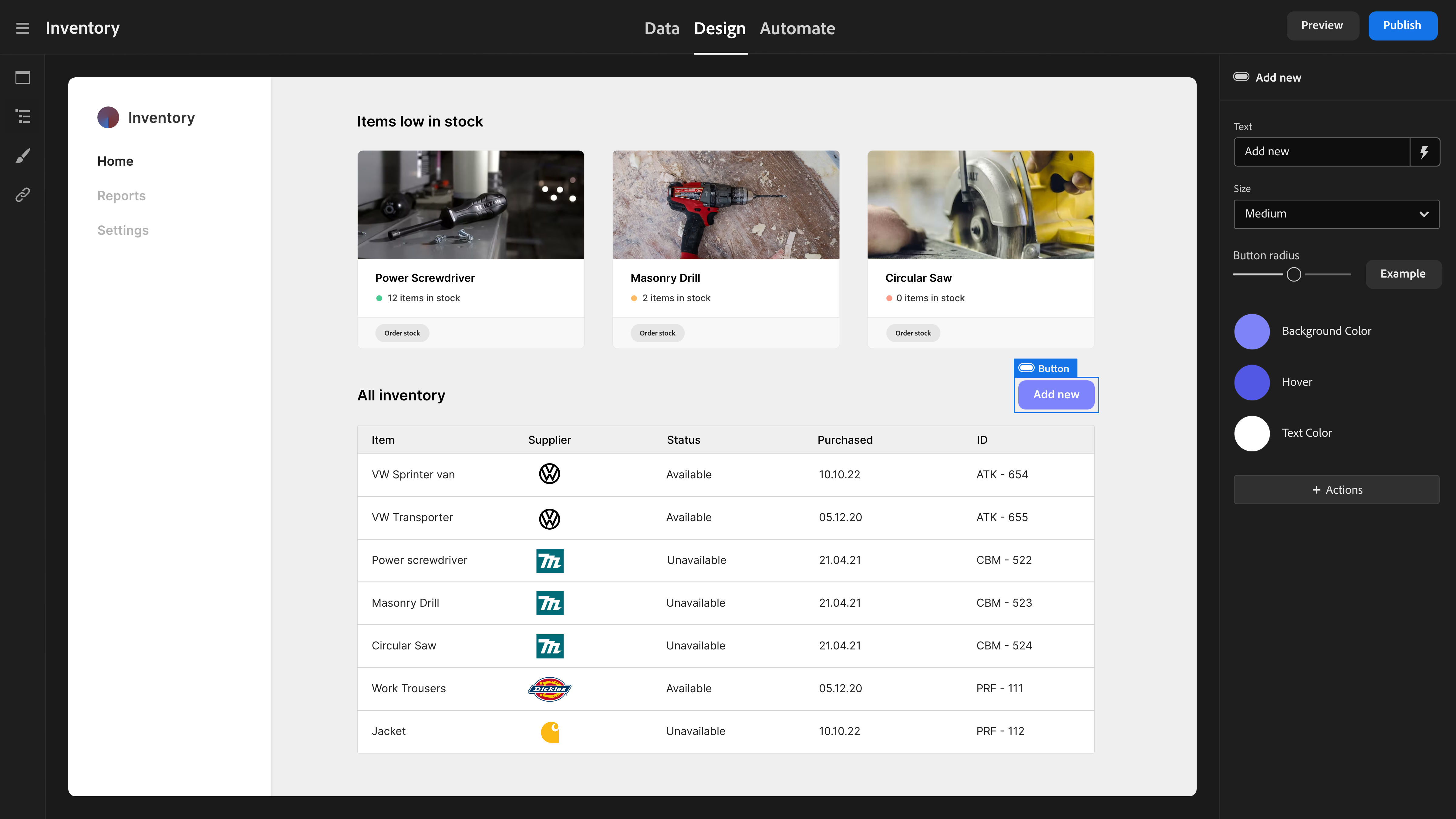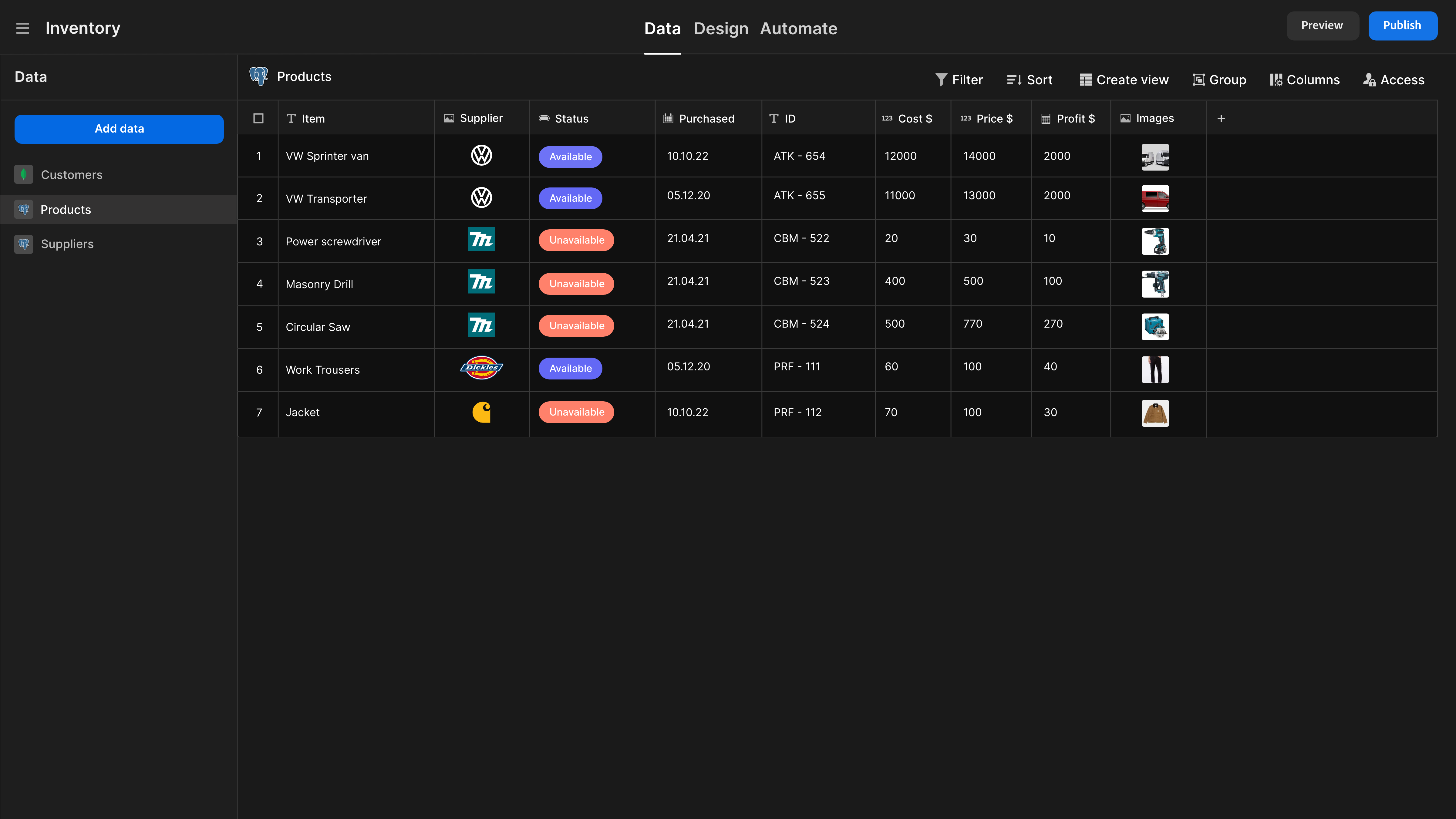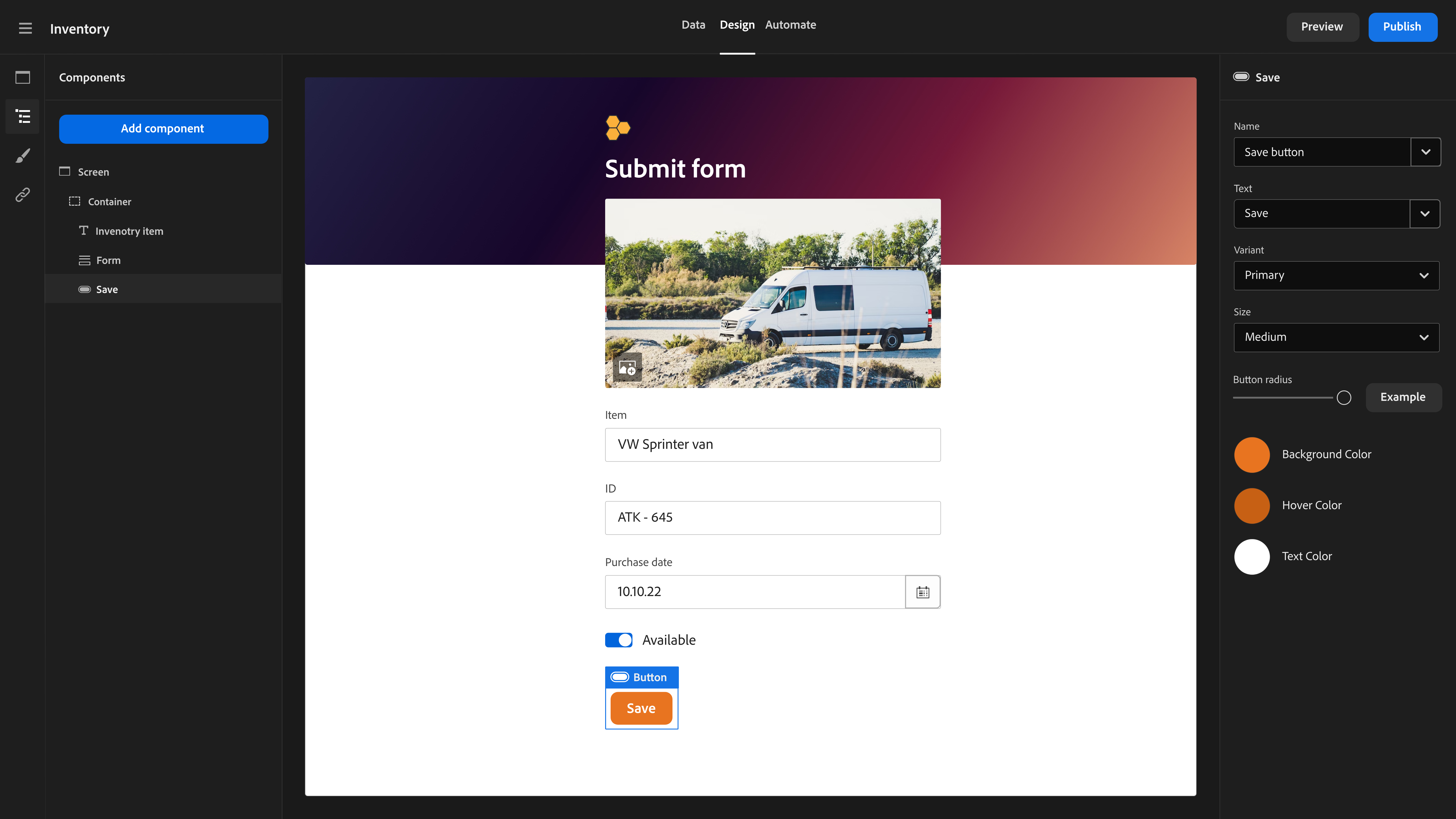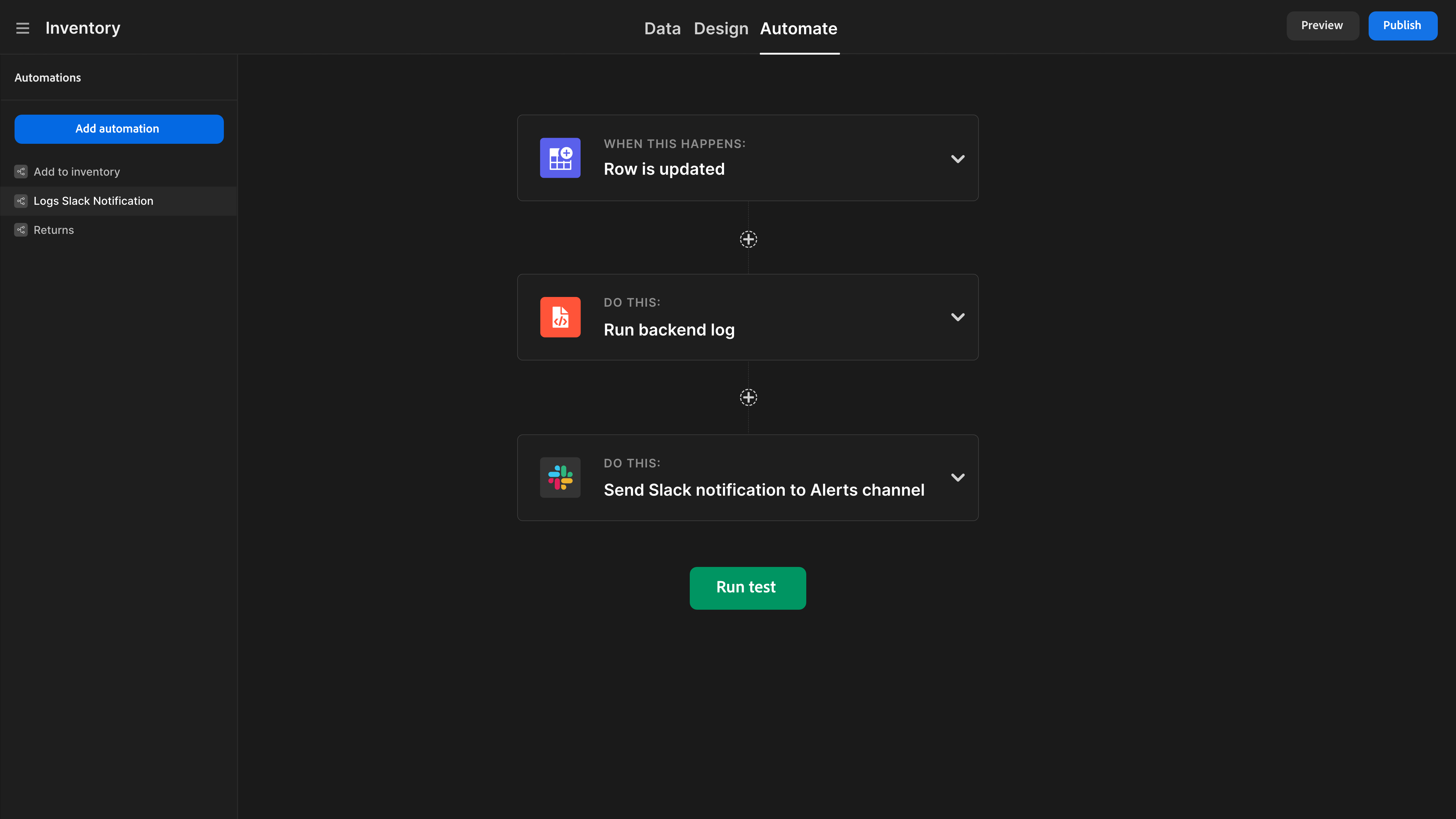introduction
In the wave of digital transformation, enterprises have an increasing demand for rapid development and deployment of applications. Budibase, as an open source low-code platform, emerged to help developers and non-technical users quickly build business applications and workflows, thereby saving valuable time and energy. This article will introduce in detail the functional features, usage scenarios and how to start using this powerful tool.

Introduction to Budibase
Budibase is an open source, low-code platform that allows users to quickly build and deploy single-page applications with simple drag-and-drop operations and a small amount of coding. Whether it's data display, form submission or complex approval processes, Budibase can provide powerful and flexible solutions. It supports a variety of data sources, including PostgreSQL, MySQL, MongoDB, REST API, etc., making data integration and application development easier than ever.
Core features
Open source and scalability
Budibase has earned the trust of users due to its open source nature (GPL v3 license). Being open source means that Budibase will continue to be updated and maintained, so users can use it with confidence. At the same time, developers can customize Budibase to adapt to specific business needs.
Multiple data sources support
Budibase supports loading data from a variety of data sources, including but not limited to MongoDB, CouchDB, PostgreSQL, MySQL, Airtable, S3, DynamoDB, and REST API. In addition, Budibase also supports the creation of business applications from scratch without the need for data sources.

Powerful pre-made components
Budibase provides a large number of beautifully designed prefabricated components, allowing users to quickly build user interfaces like building blocks. At the same time, Budibase also provides a wealth of CSS style options, allowing users to use their creativity to design applications that are both beautiful and practical.

Automated processes and integration tools
Budibase allows users to automate business processes and extend the functionality of the application by integrating other tools. This means users can build applications that fit perfectly into their own technology stack.

Secure deployment options
Budibase supports self-hosting on the user's own infrastructure, or can be quickly launched using Budibase Cloud. Whether you are self-managing users, configuring SMTP, setting up application portals, or delegating user management to group administrators, Budibase provides strong support.
- Check out the promotional video: https://youtu.be/xoljVpty_Kw
scenes to be used

Management application
Whether it's a ticketing system or inventory management, Budibase can help users build powerful applications and improve work efficiency.
portal
Budibase allows users to design customized experiences for customers, suppliers or partners to enhance user satisfaction.
Approval Process
From vacation requests to work assignments, Budibase can create approval processes tailored to your organization's specific needs.
form
Budibase can build powerful forms and securely store data in the user's own database.
Admin panel
From password resets to customer refunds, Budibase can provide a seamlessly integrated management panel to simplify backend management operations.
Budibase public API
Like anything we build in Budibase, our new public API is easy to use, flexible, and introduces new extensibility. In summary, the Budibase API supports:
- Budibase as backend
- interoperability
document
You can learn more about the Budibase API at:
General documentation : Learn how to obtain an API key, how to use specifications, and how to use Postman
Interactive API documentation : Learn how to interact with the API
How to get started with Budibase
Self-hosted Budibase
Users can deploy Budibase on their existing infrastructure using Docker, Kubernetes and Digital Ocean. If users don't want to self-host, they can also choose to use Budibase Cloud to quickly start.
Learn Budibase
Budibase's documentation is very complete, and users can get started quickly through the official documentation. Visit the Budibase official website or Github page to start your low-code development journey!
Conclusion
Budibase is changing the traditional application development model with its open source and low-code features. Whether you are an enterprise or an individual developer, you can use Budibase to quickly build applications, improve work efficiency, and accelerate the pace of digital transformation. Join Budibase now and experience the magic of low-code development!
Linus took matters into his own hands to prevent kernel developers from replacing tabs with spaces. His father is one of the few leaders who can write code, his second son is the director of the open source technology department, and his youngest son is a core contributor to open source. Huawei: It took 1 year to convert 5,000 commonly used mobile applications Comprehensive migration to Hongmeng Java is the language most prone to third-party vulnerabilities. Wang Chenglu, the father of Hongmeng: open source Hongmeng is the only architectural innovation in the field of basic software in China. Ma Huateng and Zhou Hongyi shake hands to "remove grudges." Former Microsoft developer: Windows 11 performance is "ridiculously bad " " Although what Laoxiangji is open source is not the code, the reasons behind it are very heartwarming. Meta Llama 3 is officially released. Google announces a large-scale restructuringThis article is a reprint of the article Heng Xiaopai , and the copyright belongs to the original author. It is recommended to visit the original text. To reprint this article, please contact the original author.
